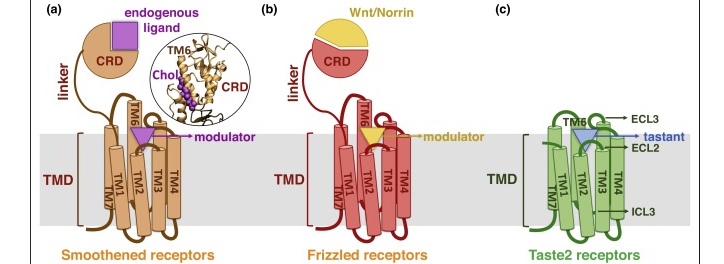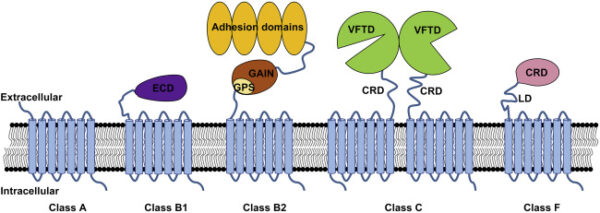G protein-coupled receptors (GPCRs) are a diverse group of proteins that play crucial roles in various physiological processes. Among them, the Frizzled family of GPCRs stands out due to its integral involvement in development, tissue homeostasis, and disease progression. Frizzled receptors are known for their crucial role in the Wnt signaling pathway, which regulates cell proliferation, differentiation, and migration. Dysregulation of this pathway has been implicated in several diseases, including cancer, neurodegenerative disorders, and developmental abnormalities.
In recent years, targeting GPCR Frizzled receptors with specific inhibitors has gained significant attention as a potential strategy for therapeutic intervention. These inhibitors modulate Frizzled receptor activity, thereby altering downstream signaling events and offering possibilities for treating diseases associated with aberrant Wnt signaling.
Researchers have adopted various approaches to develop GPCR Frizzled family inhibitors. One approach involves the use of small molecules that directly bind to the receptors and prevent their activation. Screening libraries of small molecules has identified several lead compounds that exhibit inhibitory effects on Frizzled receptors. These small molecules can be further optimized to enhance their potency, selectivity, and pharmacokinetic properties.
Another promising avenue in the development of Frizzled family inhibitors is the utilization of antibodies. Monoclonal antibodies offer high specificity and binding affinity, making them suitable candidates for targeting Frizzled receptors. These antibodies can be engineered to selectively bind to the extracellular domains of Frizzled receptors, interfering with receptor-ligand interactions and blocking downstream signaling pathways.
In addition to small molecules and antibodies, peptides and peptidomimetics have also shown promise in inhibiting Frizzled receptors. These peptidic compounds mimic the interaction between the Frizzled receptor and its endogenous ligands, preventing receptor activation. Furthermore, advances in protein engineering techniques have allowed for the generation of soluble forms of Frizzled receptors, which can be exploited as decoy receptors to sequester ligands and interfere with Frizzled receptor signaling.
The development of GPCR Frizzled family inhibitors faces challenges due to the complexity of the Wnt signaling pathway and the structural diversity of Frizzled receptors. The Frizzled receptors possess multiple extracellular domains and exhibit conformational flexibility, making them challenging targets for traditional small molecule inhibitors. Furthermore, the potential for off-target effects and the need for selective inhibition pose additional obstacles.
Despite these challenges, the development of GPCR Frizzled family inhibitors holds tremendous therapeutic potential. By modulating Wnt signaling and targeting specific Frizzled receptors, it may be possible to treat various diseases, including cancers driven by aberrant Wnt signaling, neurodegenerative disorders that involve disrupted neuronal connectivity, and developmental abnormalities caused by dysregulated cell proliferation or differentiation.
In conclusion, the pursuit of GPCR Frizzled family inhibitors represents an exciting avenue in drug discovery and holds immense promise in unlocking the therapeutic potential of the Wnt signaling pathway. Continued research efforts, utilizing a range of approaches such as small molecules, antibodies, peptides, and decoy receptors, will be crucial in developing effective and safe inhibitors for Frizzled receptors. By harnessing the power of GPCR Frizzled family inhibitors, we have the opportunity to revolutionize the treatment of diseases associated with dysregulated Wnt signaling and improve patient outcomes.



